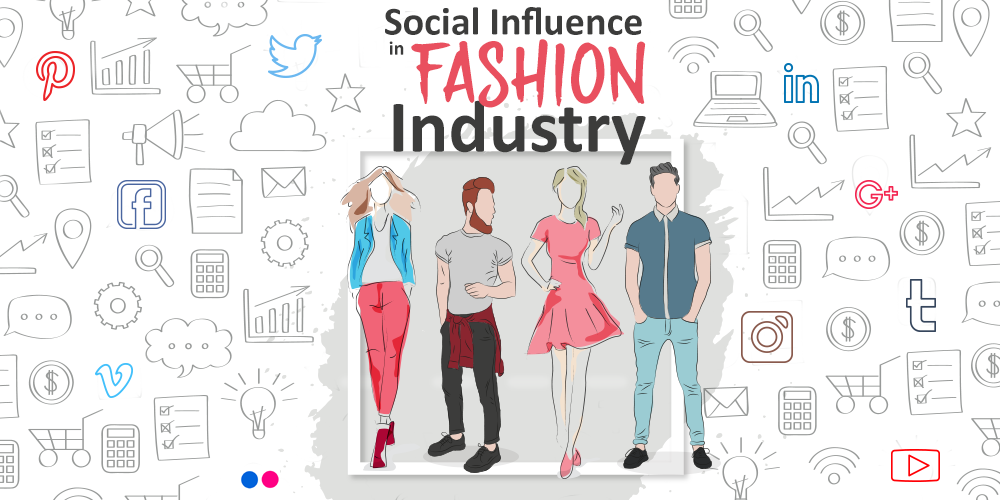The Influence of Social Media on Fashion Retail
The influence of social media on fashion retail has been profound, revolutionizing the way brands engage with consumers, market their products, and drive sales. Social media platforms have become virtual storefronts, allowing fashion retailers to reach a global audience, build brand awareness, and establish meaningful connections with customers.
Here are some key ways social media has transformed fashion retail:
- Brand Visibility: Social media provides a powerful platform for fashion retailers to increase their visibility and reach. Brands can create compelling content, share product updates, and engage with their audience in real-time. Through strategic use of hashtags, collaborations with influencers, and targeted advertising, brands can significantly expand their online presence and attract new customers.
- Influencer Marketing: Social media has given rise to influencer marketing, where brands collaborate with influential individuals to promote their products. Fashion influencers have become key opinion leaders, showcasing styles, sharing reviews, and providing fashion inspiration to their followers. This type of marketing has proven highly effective in driving brand awareness and influencing purchasing decisions.
- Direct-to-Consumer Sales: Social media platforms offer integrated shopping features that allow fashion retailers to sell products directly to consumers. By leveraging tools like Instagram Shopping and Facebook Marketplace, brands can create a seamless shopping experience, making it easy for users to browse and purchase products without leaving the social media platform.
- User-Generated Content: Social media has empowered consumers to become content creators themselves. Users can share their personal style, create fashion haul videos, and provide authentic reviews and recommendations. User-generated content not only fosters a sense of community but also serves as a powerful form of social proof, influencing the purchasing decisions of other consumers.
- Real-Time Feedback and Customer Insights: Social media platforms enable fashion retailers to gather real-time feedback from customers and gain valuable insights. Brands can monitor comments, messages, and mentions to understand customer preferences, identify areas for improvement, and refine their marketing strategies. This instant feedback loop allows retailers to respond to customer needs more effectively and adapt their offerings accordingly.
- Trend Forecasting: Social media serves as a treasure trove of fashion trends and insights. By monitoring hashtags, influencers, and consumer discussions, fashion retailers can stay ahead of the curve and identify emerging trends. This information can inform product development, inventory planning, and marketing campaigns, ensuring that retailers stay relevant and meet customer demands.
In conclusion, social media has transformed fashion retail by providing new avenues for brand visibility, influencer marketing, direct-to-consumer sales, user-generated content, customer feedback, and trend forecasting. It has given fashion retailers the opportunity to engage with a global audience, build authentic connections with customers, and adapt to rapidly changing market trends. Social media continues to shape the fashion retail landscape, offering exciting opportunities for brands to thrive in the digital era.

very insightful
ReplyDeleteThought provoking
ReplyDeleteAmazing write-up
ReplyDeleteNicee blogg
ReplyDelete